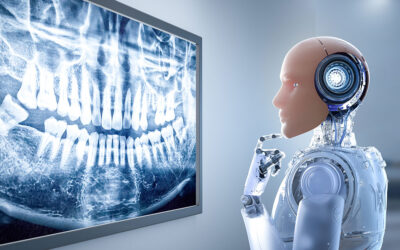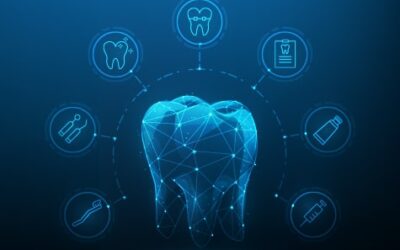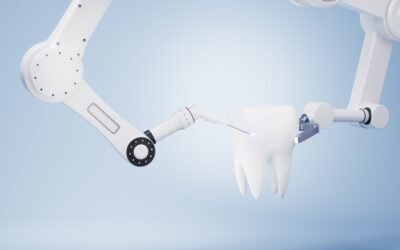
Laser Dentistry
In 2023, laser dentistry will become more and more prevalent because it is non-invasive and extremely precise.
Gum disease, tooth decay, and oral lesions are just a few of the dental conditions that can be treated using laser dentistry, which uses a laser to remove unhealthy or damaged tissue. Additionally, due to its properties of versatility, user-friendliness and reliability, the laser can be utilized as an alternative to conventional surgery, even of the oral cavity. The biostimulating characteristics of laser beams at the cellular level has resulted in its use in almost all categories of dentistry.
They have largely become integrated into dental clinics around the world in the last ten years, and many clinicians now use these cutting-edge technological tools for almost all dental procedures.
Since the laser used in laser dentistry is so precise, dentists can only remove the targeted tissue while leaving the surrounding tissue unharmed. This results in less post-procedure bleeding, swelling, and discomfort, and patients are frequently able to resume their regular activities the same day.
References
Malcangi, G.; Patano, A.; Trilli, I.; Piras, F.; Ciocia, A.M.; Inchingolo, A.D.; Mancini, A.; Hazballa, D.; Di Venere, D.; Inchingolo, F.; et al. Therapeutic and Adverse Effects of Lasers in Dentistry: A Systematic Review. Photonics 2023, 10, 650. https://doi.org/10.3390/photonics10060650
Strakas, D., Franzen, R. The blue wavelengths in laser dentistry: a review of current literature. Laser Dent Sci 7, 97–99 (2023). https://doi.org/10.1007/s41547-023-00182-5






